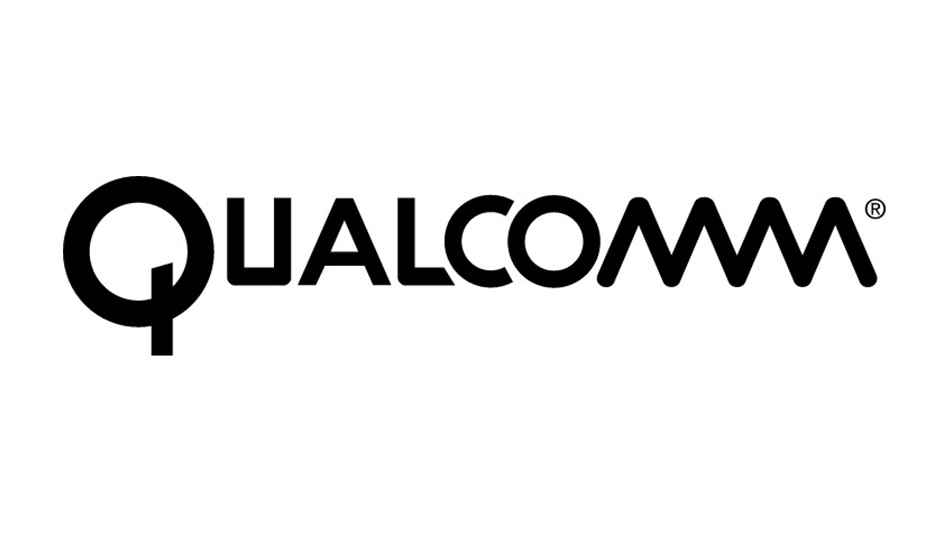Metal-built devices can charge wirelessly with Qualcomm’s WiPower
Qualcomm's WiPower, built on Rezence wireless charging standard, can now wirelessly charge phones, tablets and other devices with a metal chassis

Qualcomm announced on July 28 that its new wireless charging standard, WiPower, is ready and available with licensees and manufacturers. WiPower will now be able to charge devices with an all-metal chassis, and is based on a wireless charging standard named Rezence, that is different from the more established Qi and PMA wireless charging standards.
 Survey
SurveyRezence is developed by Alliance for Wireless Power (A4WP), that recently merged with PMA (Power Matters Alliance), and was mentioned by Intex in its Computex keynote to be integrated into smartphones, laptops and other gadgets by next year. A4WP has a number of key partnering members, including Samsung, Microsoft and Qualcomm.
WiPower will charge metal-clad devices with an external metal back cover. Steve Pazol, General Manager of Wireless Charging at Qualcomm, said in Qualcomm's official Press Release, "Building a wireless charging solution into devices with metal exteriors is a significant step for moving the entire industry forward. Today, more device manufacturers are choosing to utilize metal alloys in their product designs to provide greater structural support and, of course, aesthetics. QTIs engineering advancement eliminates a major obstacle facing wireless power and opens up the continued adoption of this desirable feature to a much wider range of consumer electronics and use cases."
WiPower operates in frequencies that are more tolerant of metal objects within its charge field, and can charge devices requiring up to 22W at equal or faster speeds than existing wireless charging solutions. It works with the principles of Near Magnetic Resonance, which means that devices can now be charged without having to be aligned or physically contacted to a wireless charging station. WiPower also optimizes hardware resource requirements and facilitates multiple device charging. Additionally, multiple devices with different voltage and power ratings can also be charged in tandem.
Wireless charging technology has been undergoing development in recent times. Wireless Power Consortium (WPC)’s Qi charging standard has also undergone further development lately, with a new, induction-based charging station rated at 15W. This wireless charger can charge devices three times faster than industry standard. It remains to be seen when these technologies are implemented on the broad scale, and brought to the masses.